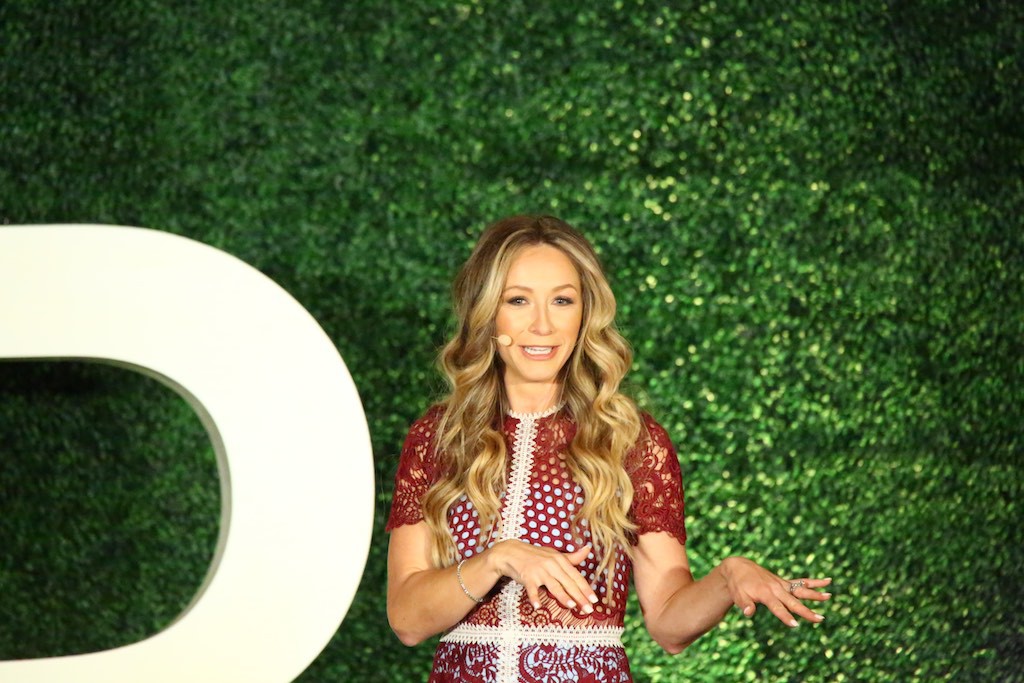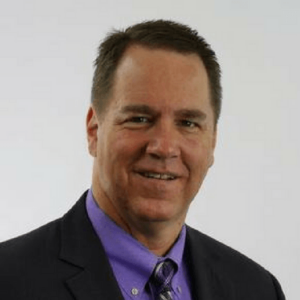Making an offer is a huge part of getting people to buy. And you probably know that not just any offer will work.
So how do you structure your offer so it does—so it encourages and inspires people to buy, then and there?
Recently, Pat Quinn, head coach with Advance Your Reach, shared some insight on five things you can do during any presentation—onstage, on a webinar, on a podcast, or during a simple conversation—to get people to buy when they hear your full offer.
He said his five-step process a less-salesy, more effective technique for closing more sales!
Without further ado, here are five things to will supercharge your conversion rates:
Strategy 1: Save Your Offer Until the End of the Presentation … and in the Meantime, SEED!
So many of us have been trained that we should deliver content, content, content, for the first 30 minutes of the presentation, and then do an awkward pivot and make the offer.
But a more effective, less salesy way to transition from content to the offer is to “embed” or “seed” the offer.
In other words, consider embedding the offer into the content portion of the presentation.
The human mind is good at classifying or categorizing information.
In many cases, when we hear information our brain classifies as content, we listen intently. We take mental or physical notes. We sit up straight! We focus!
But when we hear information our brain classifies as sales, we don’t listen as closely. We become skeptical.
That’s why it’s so important to embed information about the offer you plan to make into the content portion of your presentation. Pat offered the following example:
If you plan to offer a coaching program, early in the presentation, give an example of a coaching client who asked a question, and share the answer you gave her.
Ratio is important. Include five seconds of examples for every five minutes of content.
By the time you get to the end of your presentation, you won’t even have to sell it.
Strategy 2: Refer to Yourself by First Name.
“Many people come to me, and they say, ‘Pat, what’s the most important thing to include in any presentation?'” His answer:
Your name!
What’s the point? Referring to yourself by name gets the members of your audience thinking about having a conversation with you. A conversation, a connection, engagement, is what selling is really about.
By referring to yourself by first name, people often determine that they don’t want the conversation with you to end, here. They want to continue the conversation, and engage with you further.
Strategy 3: Ask a Single-Shoot Question. Follow It up with a Consistency Question.
Ask just ONE single-shoot question. Here are some examples of single-shoot questions to ask your audience:
- Are you an adventurous person?
- Are you the type of person who likes to solve problems?
- Are you the type of person who likes to take action?
Research shows that when you ask people a single-shoot question—one that really only has one option for an answer—confirmation bias causes people to go back into their own memories and find an example that proves they do, in fact, have the right answer. They ARE the type of person you’re asking about.
When you ask that type of question, people automatically go through and think of that one time they fell into the category you’ve mentioned.
Then, later in the presentation, ask a consistency question (it’s actually more of a comment)—because people love to be consistent. That might look like this:
- If you’re an adventurous person, then my program might be a great fit for you.
- If you’re the type of person who likes to solve problems, then I can help you.
- If you’re the type of person who likes to take action, this is for you.
People love to remain consistent, so this technique works well to move them toward following your call to action.
Technique 4: Make a “Grassroots Transition.”
One of the most difficult parts of a presentation is the transition from content to offer. A “grassroots transition” makes this transition easier.
Here’s an example:
“You know one of the most common questions I get? ‘Pat, do you work with other people? Do you work with people in a coaching situation?'”
When you use a “grassroots transition,” you don’t have to stop your presentation, announce that’s the end, and then begin to sell. You get to make it sound like you weren’t even sure you wanted to bring this up, but you did.
You don’t seem like a salesperson, now; you seem like a servant—like you’re letting people know you do have a way to help them.
Technique 5: Take a Linear Path to Learning.
A linear path to learning is a statement that you make as you get close to your offer, to prove that your offer is for everyone.
Divide your audience into three categories: least experienced, moderately experienced, and the most experienced.
Here’s how Pat does it: “Whether you have never spoken onstage before, whether you’ve spoken onstage a few times and know you need to get better, or whether you’ve given hundreds of presentations and want to increase your conversion rates, my two-day presentation is just for you.”
As people listen to your presentation, they begin to make excuses about why your offer won’t apply to them or work for them.
Your role as the speaker and expert is to let them know the offer IS for them.
This is the best way to get everybody in the room to realize, “This is for me.”
In conclusion …
You can apply these five strategies to your presentation, no matter what your length or topic. And when you do, you won’t feel salesy at all … and you WILL ensure that a greater number of people want to engage with you further!


